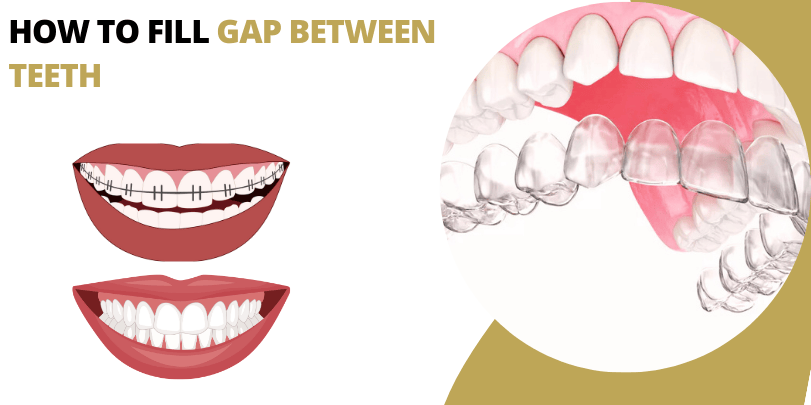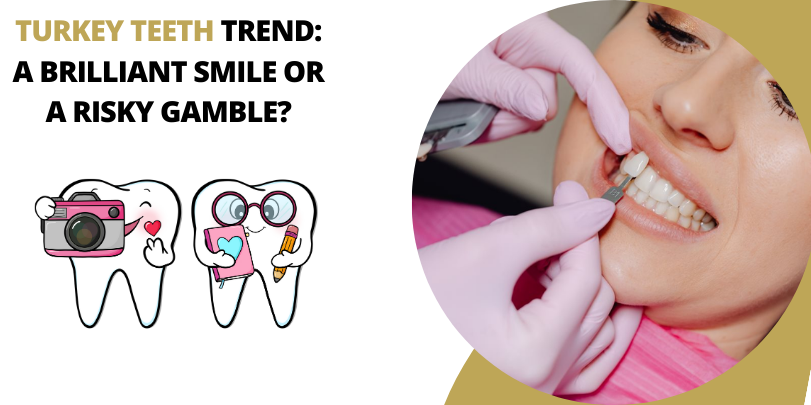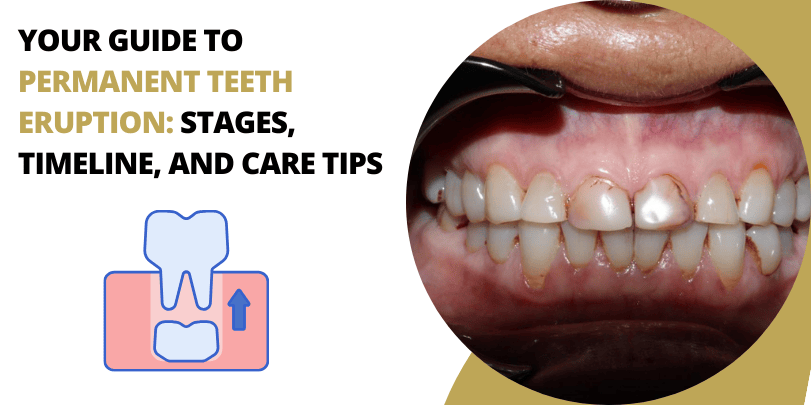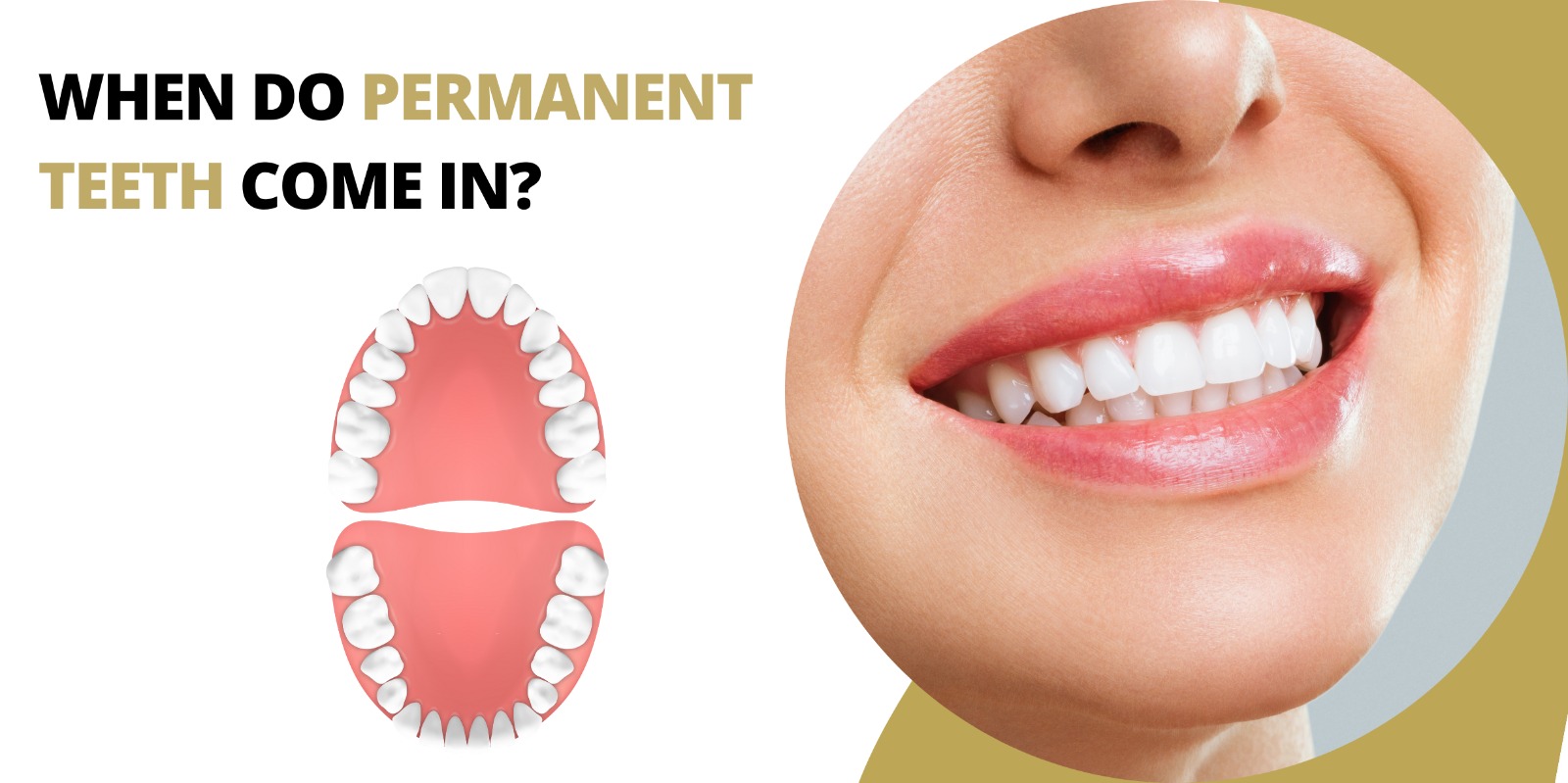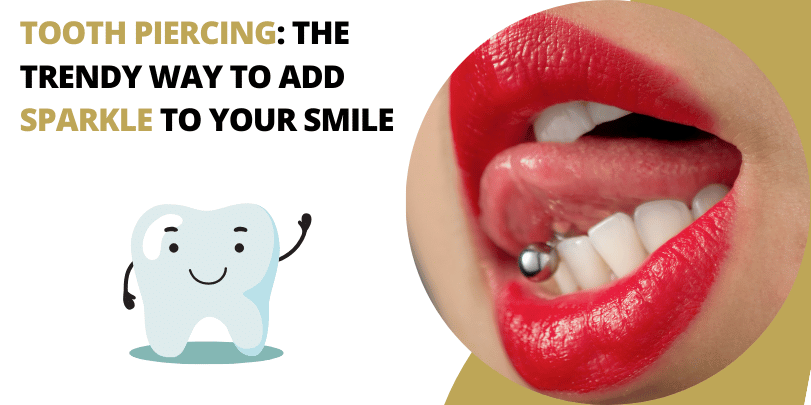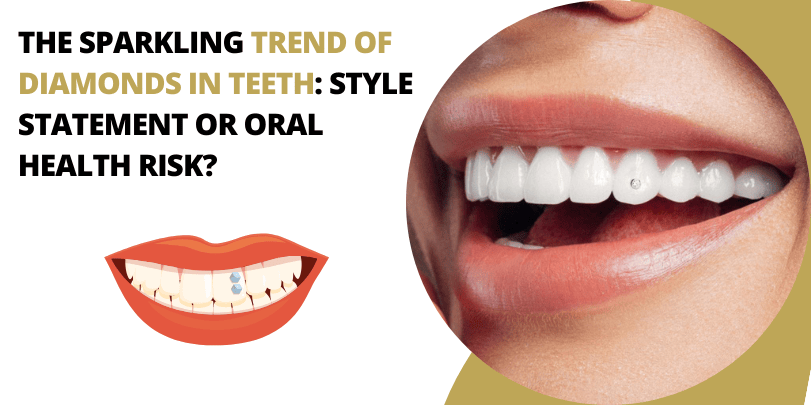Table of Contents
- Why Does the Gap Come Between Teeth?
- Orthodontic Solutions
- Cosmetic Approaches
- Surgical Interventions
- Restorative Solutions
- Considerations and Precautions
- Conclusion
Gaps between teeth, clinically known as diastemas, can be a source of self-consciousness for many individuals. Fortunately, modern dentistry offers a variety of solutions to address this concern, each personalized to the specific needs and preferences of the patient.
Why does the gap come between teeth?
Gaps between teeth, also known as diastemas, can occur for several reasons. Some are genetic, while others result from habits or dental conditions. Here are some common causes:
ALSO READ: how to fill gap between teeth
1. Natural Jaw and Teeth Proportions
Sometimes, the size of your teeth and jawbone don’t match up. If your teeth are too small compared to the jaw, gaps may naturally form. This is often inherited, meaning if your parents have gaps, you might too.
2. Oversized Labial Frenum
The labial frenum is the soft tissue that connects your upper lip to the gum above your front teeth. If this tissue is too thick or extends too far down, it can push the front teeth apart, creating a gap.
3. Missing or Small Teeth
When a tooth is missing, especially a lateral incisor (the small teeth next to your two front teeth), the neighboring teeth may shift, creating a space. Similarly, if certain teeth are naturally smaller than usual (a condition called microdontia), gaps can appear.
4. Habits and Childhood Behaviors
Thumb Sucking: Prolonged thumb sucking, especially beyond toddler years, can put pressure on the front teeth, pushing them forward and causing gaps.
Tongue Thrusting: Some people have a habit of pressing their tongue against their teeth when swallowing. Over time, this repeated force can push teeth apart.
5. Gum Disease (Periodontitis)
Advanced gum disease can cause bone loss around the teeth. As the bone weakens, teeth may shift, creating new gaps or widening existing ones.
6. Normal Growth and Development
In children, gaps are common during the mixed dentition phase (when baby teeth are falling out and permanent teeth are coming in). Often, these gaps close naturally as more permanent teeth erupt.
7. Tooth Extraction Without Replacement
If a tooth is removed and not replaced with an implant or bridge, the surrounding teeth may shift over time, leading to gaps.
8. Genetic or Medical Conditions
Certain conditions, such as Ectodermal Dysplasia or Down Syndrome, can lead to irregular tooth development, resulting in gaps.
9. Aging
As we age, our teeth tend to shift naturally, sometimes leading to the formation of small gaps over time.
1. Orthodontic Solutions- Aligning for Aesthetics and Function
Orthodontic treatments are a common and proven method for closing gaps, especially when multiple spaces or misalignments are present.
Traditional Braces– Utilizing metal brackets and wires, braces apply continuous pressure to move teeth into desired positions. This method is highly recommended for comprehensive adjustments.
Clear Aligners– Brands these days offer a series of transparent, removable trays that gradually shift teeth. They are less noticeable and can be more convenient for daily activities.
2. Cosmetic Approaches- Quick Adjustments for Minor Gaps
For smaller gaps or when immediate aesthetic improvement is desired, cosmetic dentistry provides several options:
Dental Bonding– A tooth-colored resin is applied and shaped to fill the gap, then hardened with a special light. This procedure is minimally invasive and can often be completed in a single visit.
Porcelain Veneers– Thin shells of porcelain are custom-made and bonded to the front surface of the teeth, providing a natural appearance. While more durable and stain-resistant than bonding, veneers require some enamel removal and are a more permanent solution.
3. Surgical Interventions- Addressing Anatomical Causes
In cases where a physical barrier, such as an oversized labial frenum (the tissue connecting the upper lip to the gums), causes the gap, surgical options may be considered:
Frenectomy- This minor surgical procedure involves removing or reshaping the frenum to allow the teeth to move closer together. Post-surgery, orthodontic or cosmetic treatments may be necessary to close the gap completely.
4. Restorative Solutions- Replacing Missing Teeth
If the gap results from a missing tooth, restorative dentistry offers solutions to fill the space:
Dental Implants: A titanium post is surgically placed into the jawbone, serving as a root for a replacement tooth. Implants are durable and function like natural teeth.
Dental Bridges: This involves creating a false tooth (or teeth) held in place by crowns on adjacent teeth. Bridges are a less invasive alternative to implants but may require altering neighboring teeth.
Considerations and Precautions
Before deciding on a treatment, it’s essential to consult with a qualified dental professional to assess the cause of the gap and determine the most appropriate solution. Factors such as oral health, the size and location of the gap, and personal preferences will influence the treatment choice.
Additionally, while cosmetic procedures like veneers can offer quick fixes, they are not without risks. There have been instances where individuals sought veneers from unlicensed practitioners, leading to severe complications. It’s necessary to ensure that any dental procedure is performed by a licensed and experienced professional to avoid adverse outcomes.
Conclusion
Various methods are available to address gaps between teeth, ranging from orthodontic treatments to cosmetic and restorative procedures. A thorough evaluation by a dental professional will help choose the best course of action to achieve a healthy, confident smile.
Written by DR. PUNEET KATHURIA B.D.S., M.D.S., F.I.C.O.I. (USA)
 Australia No
Australia No Canada No
Canada No India Toll Free No
India Toll Free No UK No
UK No USA No
USA No






